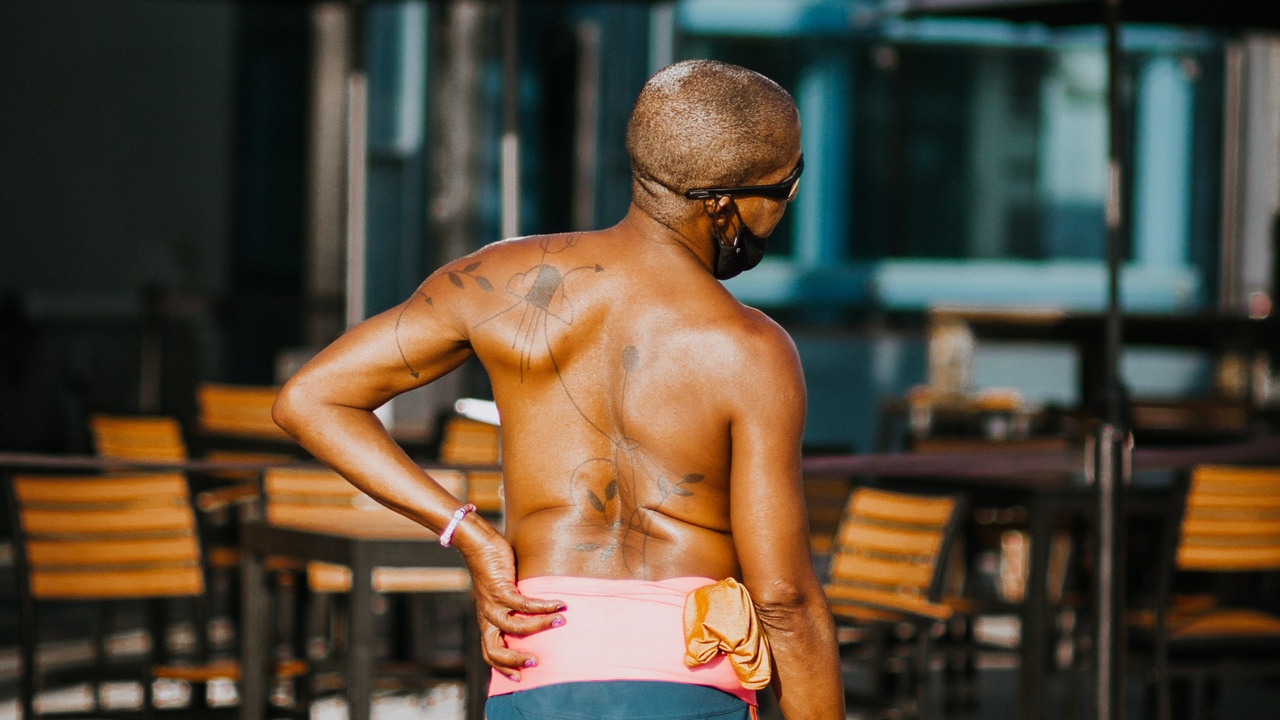
Back bothering you? Learn how Yoga Therapy helps you bounce back
Mar 18, 2022Did you know that a 2022 study in the journal for the International Association for the Study of Pain found that yoga is a safe, effective way to relieve back pain? Yoga was associated with improvements in pain intensity, pain related disability, and mental health.
Who experiences back pain?
Over 80% of the population will suffer from lower back pain during their lives. Chances of developing it increase as you age - starting in your late 20s. This is partly due to the aging process which means there is less lubricating fluid between the bones in your spine. This dryness increases irritation in your spinal discs. People who low muscle tone are also more likely to experience a back injury and resulting pain.
How is back pain described?
Acute pain lasts between a few hours to six weeks. Chronic pain lasts anywhere from 7 weeks to years. People who experience it know that it reduces their range of motion, and quality of life - particularly if left untreated.
It is usually felt as pain near the spine which runs down the center of your back.
Sensations include:
- Tense or tight back muscles
- Persistent aching
- Numbness, tightness or weakness
- Increased pressure sensitivity in the back
What causes back pain?
Causes vary and include:
- Mental stress resulting in muscle tension
- Physical strain due to injury, poor lifting posture, repetitive or strenuous activity
- Pronounced spinal curvature which stresses muscles, nerves and connective tissue while causing poor posture
- Disc injury including herniation which causes nerve compression
- Sciatic nerve compression, which can progress into the legs and the feet
- Stenosis, or narrowing of the spinal column due to degeneration resulting in numbness and cramping
- Kidney and bladder issues related to pregnancy and fertility issues
How does a yoga therapist approach back pain?
I approach our work to help you bounce back in the following steps:
- Assessment: In addition to assessing your range of motion, we will assess a number of quality of life markers to help determine the immediate and long term cause of the pain
- Goal review: We will explore your short, medium and long term goals for the practice we will design together, as well as how much time you can commit to it
- Practice design, which includes trying:
- Deep rest in the short term to relieve strain, tension and physiological causes of acute pain. This practice may include pranayama, or breath modulation, and bhavana, or visualization, to support pain relief.
- Once the acute pain subsides, we might add oil application and ball rolling to your practice to help release muscle tension and restore range of motion
- Asana or mindful movement practice, which includes exploring all the planes of movement while extending range to achieve maximal flexibility. This practice may include pranayama, or breath modulation, and bhavana, or visualization, to support pain relief.
- Once pain has been relieved, and flexibility is restored, we will review the practice and add strengthening components to prevent future pain by improving posture and muscle tone.
- Practice testing, where you do your homework by trying to do the practice on a daily basis. We check in regularly to adapt it to suit your life as situations change.
Learn more about these four steps to relieving pain and improving your quality of life. They will help you reconnect with your body, breath and mind so you can achieve your goals and feel your best.
Schedule your free clarity call now and let's figure out how we can work together so you feel better.
Feel more energized, focused and mindful.
Stay connected with news and updates!
Join our mailing list to receive the latest news and updates from our team.
Don't worry, your information will not be shared.
We hate SPAM. We will never sell your information, for any reason.

